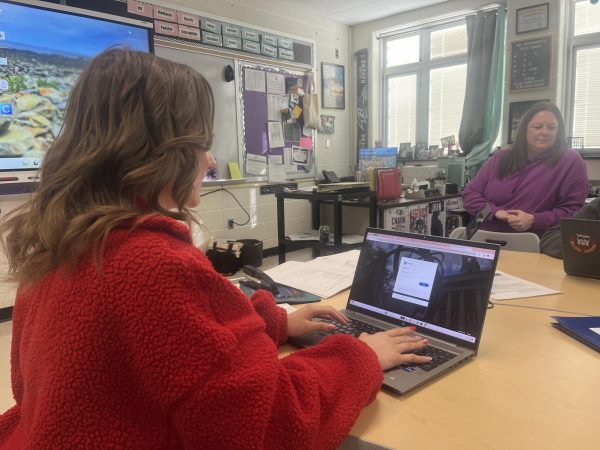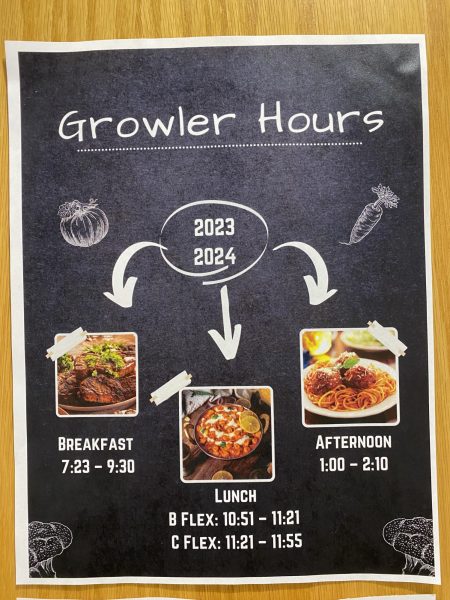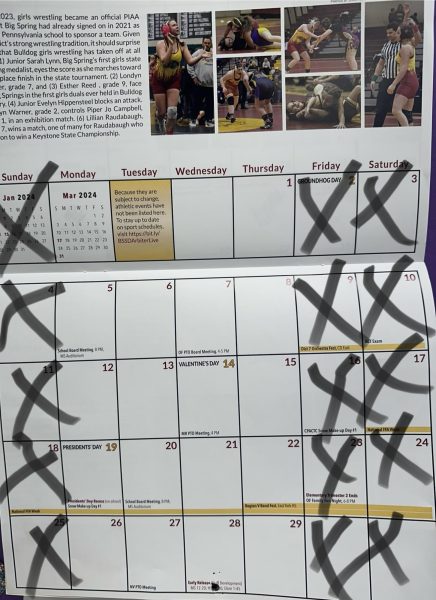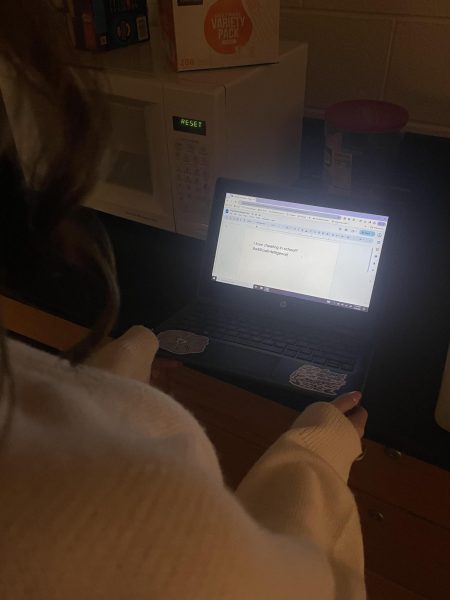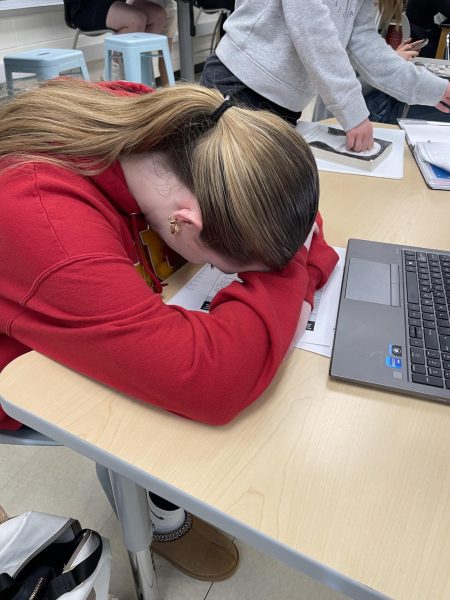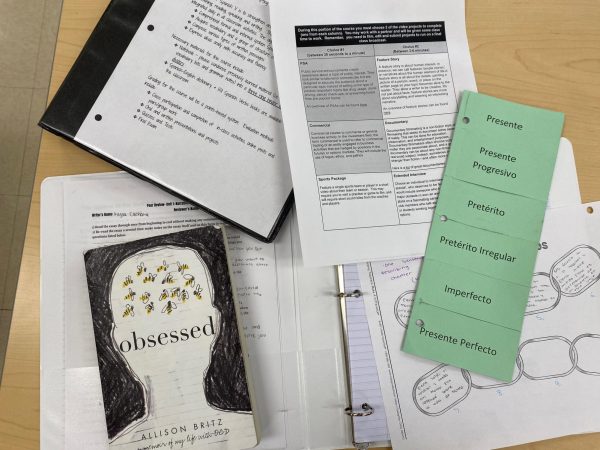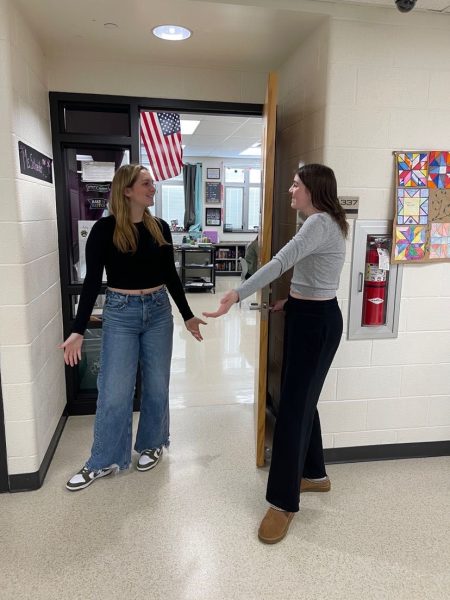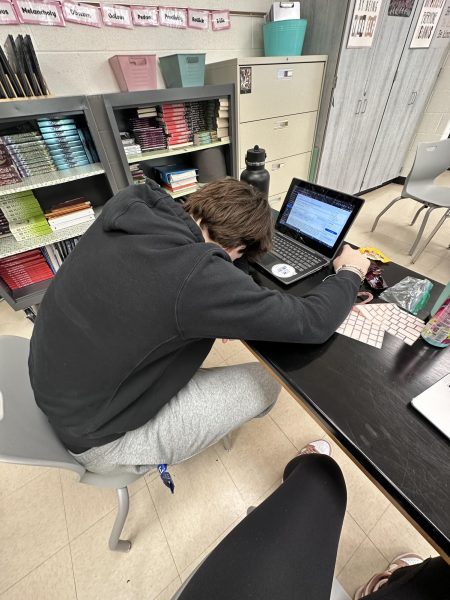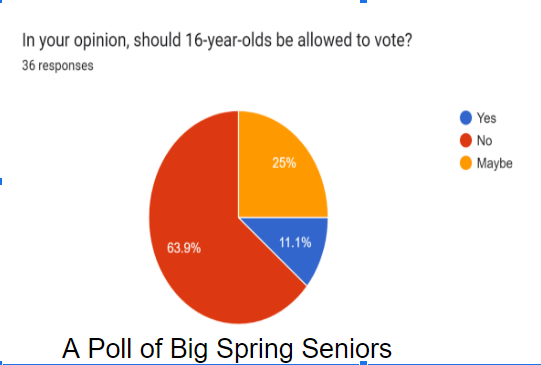Homecoming courts become outdated
Big Spring high school Homecoming court poses for a picture before Homecoming weekend. This court is chosen annually with representatives from all grades.
October 30, 2018
Homecoming courts – a yearly vote occurring in most schools in which students elect their peers in order for them to become representatives of the class. Homecoming courts have taken residency in high schools and colleges throughout the country since the 1930’s. Every year, students nominate a pre-selected number of men and women, and eventually select one of each to take place as their homecoming king and queen representative. However, when evaluating the preconceived notion of who a king and queen should be, is it really an accurate representation of today’s teen?
Many teenagers today are stepping back to evaluate themselves, and taking a new view on gender identity. What was once a black and white topic, is now comprised of many shades of gray. In order for homecoming courts to not become an outdated tradition, which is the direction they are heading in now, schools need to reevaluate their process of selection. The requirements, in order to keep up with society, need to adapt from one girl and one boy, to less constrictive roles, to accurately represent today’s teen. According to Bethesda Magazine, in 2016, Bethesda-Chevy Chase High School decided to change their homecoming court policy, to gender neutral categories, allowing students to vote for a wider demographic. In a similar case, Indianapolis Star points out that Purdue University decided to leave behind the classic titles of King and Queen, in favor of “Homecoming Royalty”. At Purdue’s homecoming, their court encompassed 8 women and 2 men, which deviates from a previous five and five. More and more colleges and high schools around the country are leaving behind the labels and creating less exclusive categories.
To continue, homecoming courts create an environment of exclusivity. Considering the current way that the system runs, it creates a social gap among peers. Those who aren’t chosen for the court and those who are chosen but don’t win, are directly and indirectly told that they are not enough. It creates a socially competitive environment that encourages bullying and discourages unity. Today’s teens are – and should be – embracing the idea of solidarity and shunning the clique mentalities of the past.
Alongside this, no matter the labels placed on the winners, the people chosen to represent a class, should be chosen for their ability to represent and their character, not off of their popularity status. Some ideas being adopted throughout the US, are students being selected based off of their community involvement, academic dedication, and school spirit. Some schools have students vote on pre-selected faculty recommendations. This encourages hopeful candidates to place more importance on being kind and compassionate to their peers. As a whole, it creates a happier, more considerate student body.
Although homecoming itself has been a long appreciated tradition, the format of the court system should be reevaluated to reflect the teen of today and to encourage kindness and compassion among a student body.

